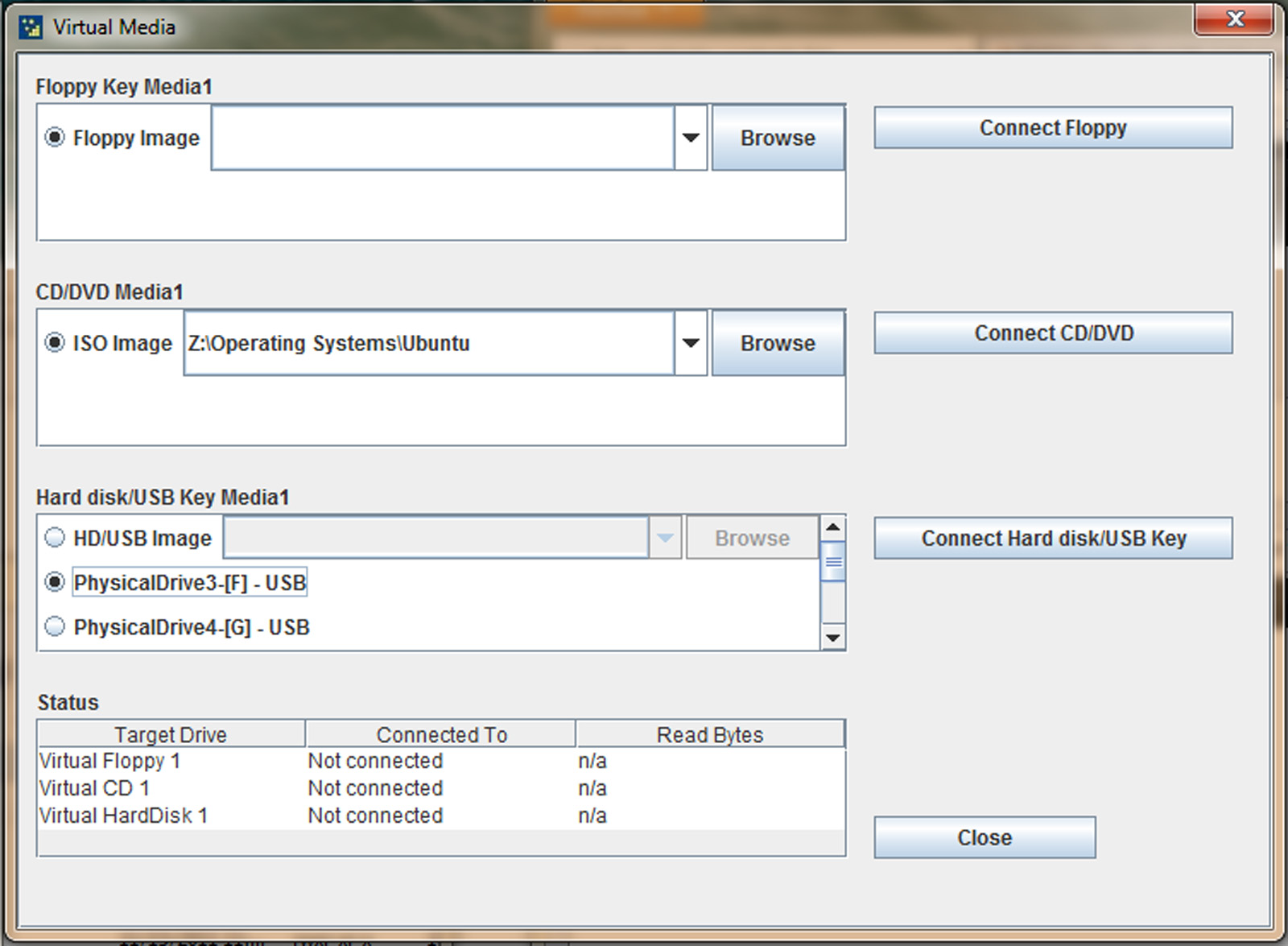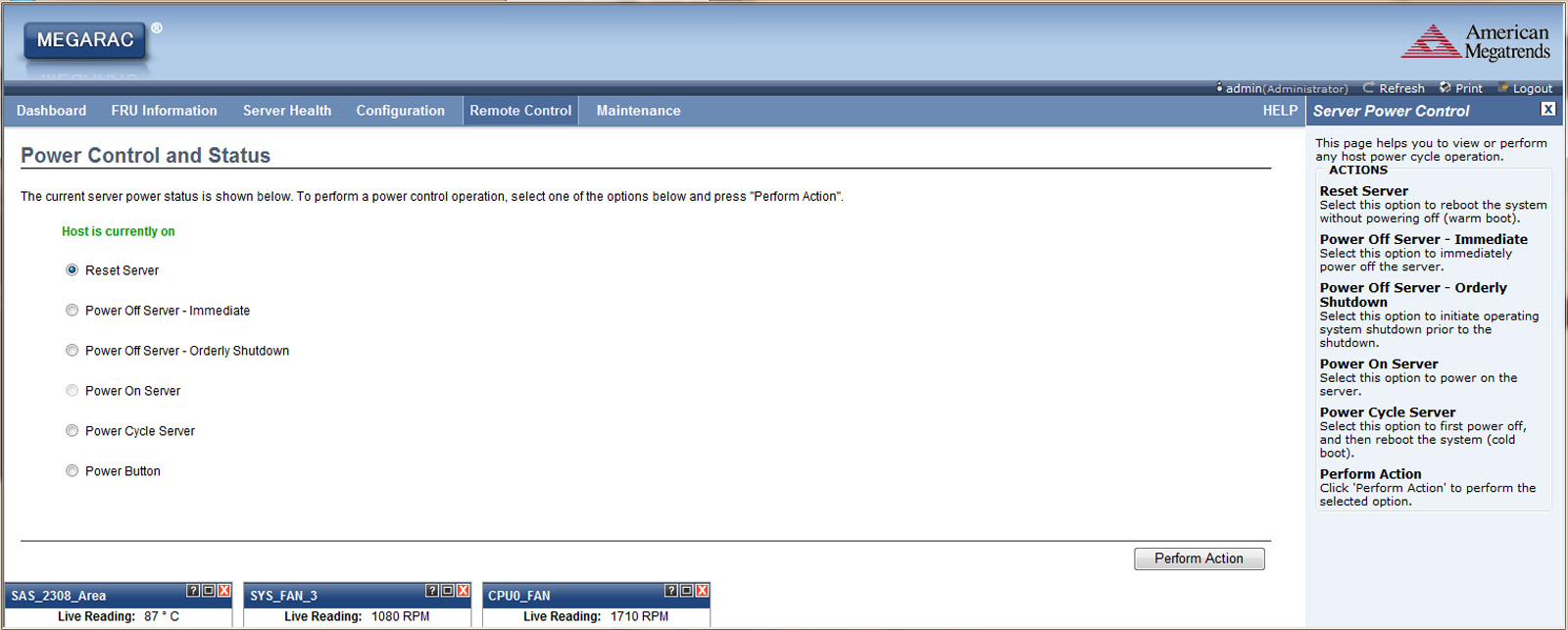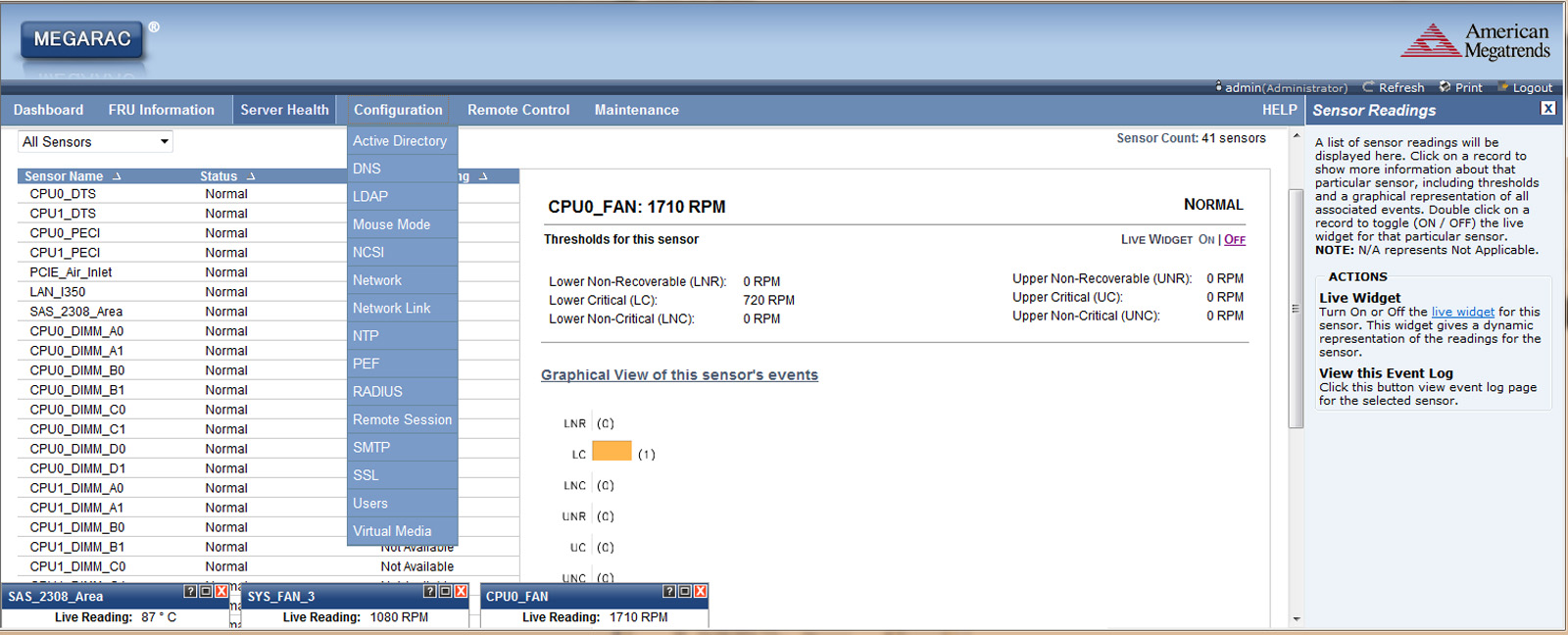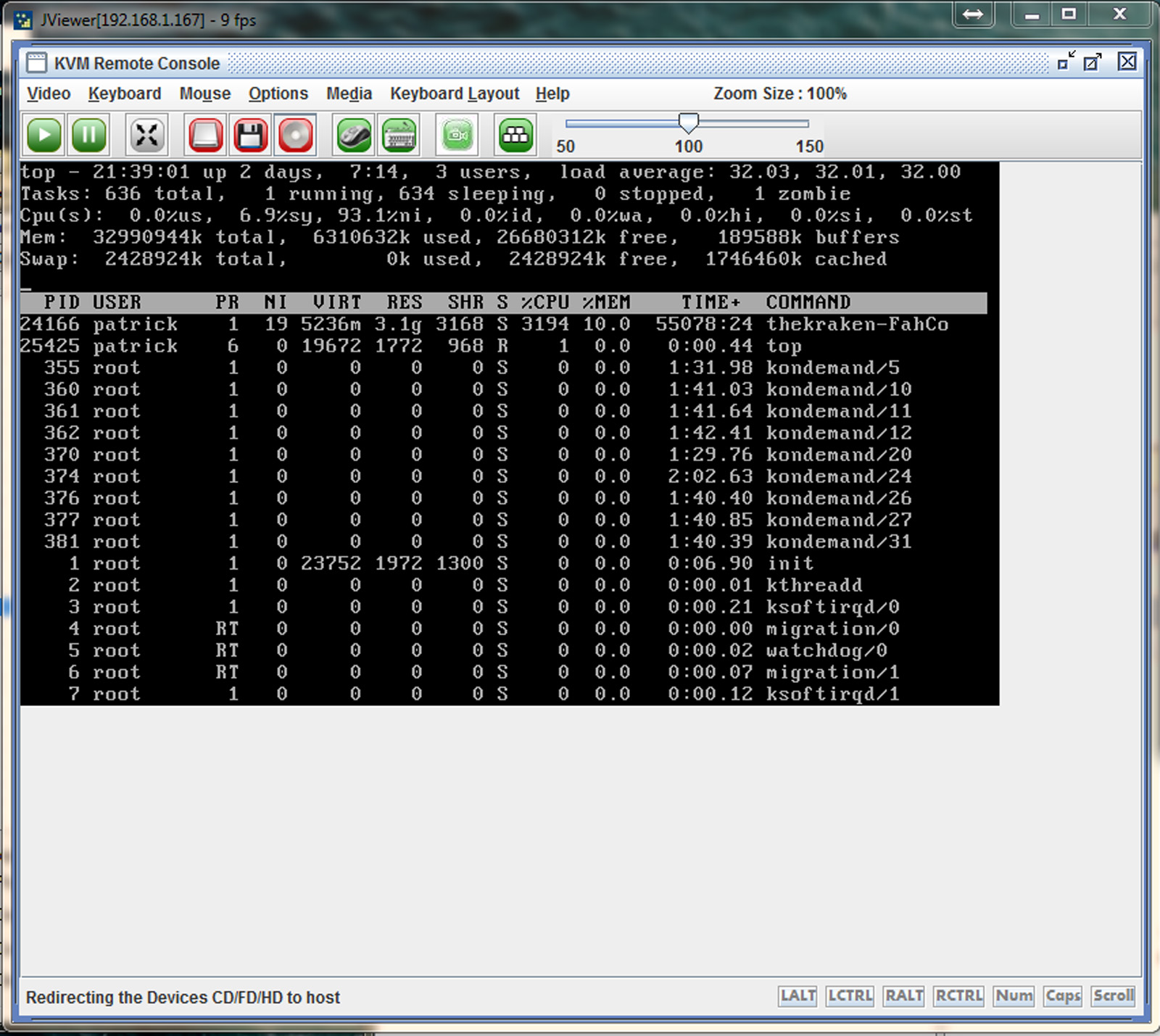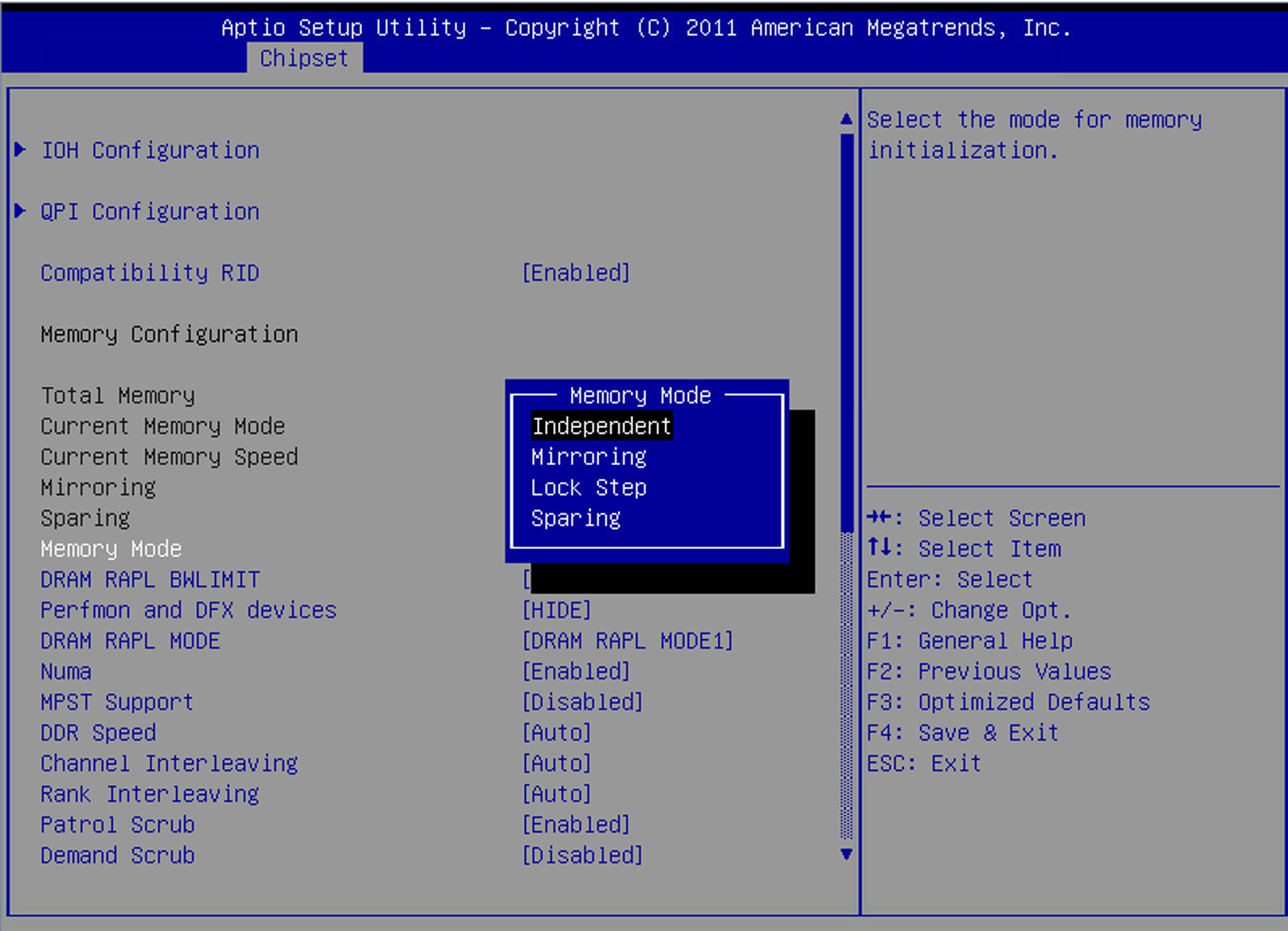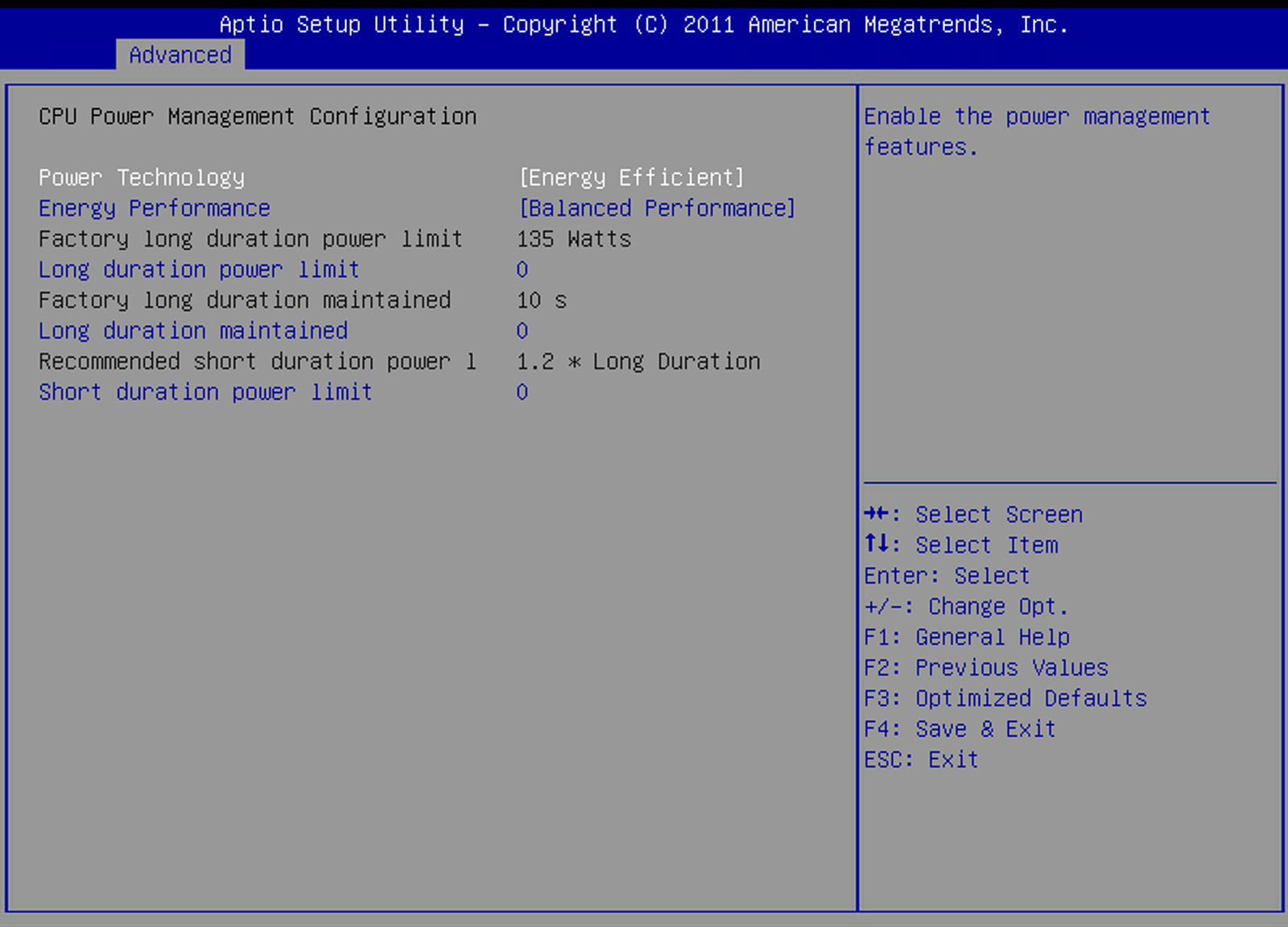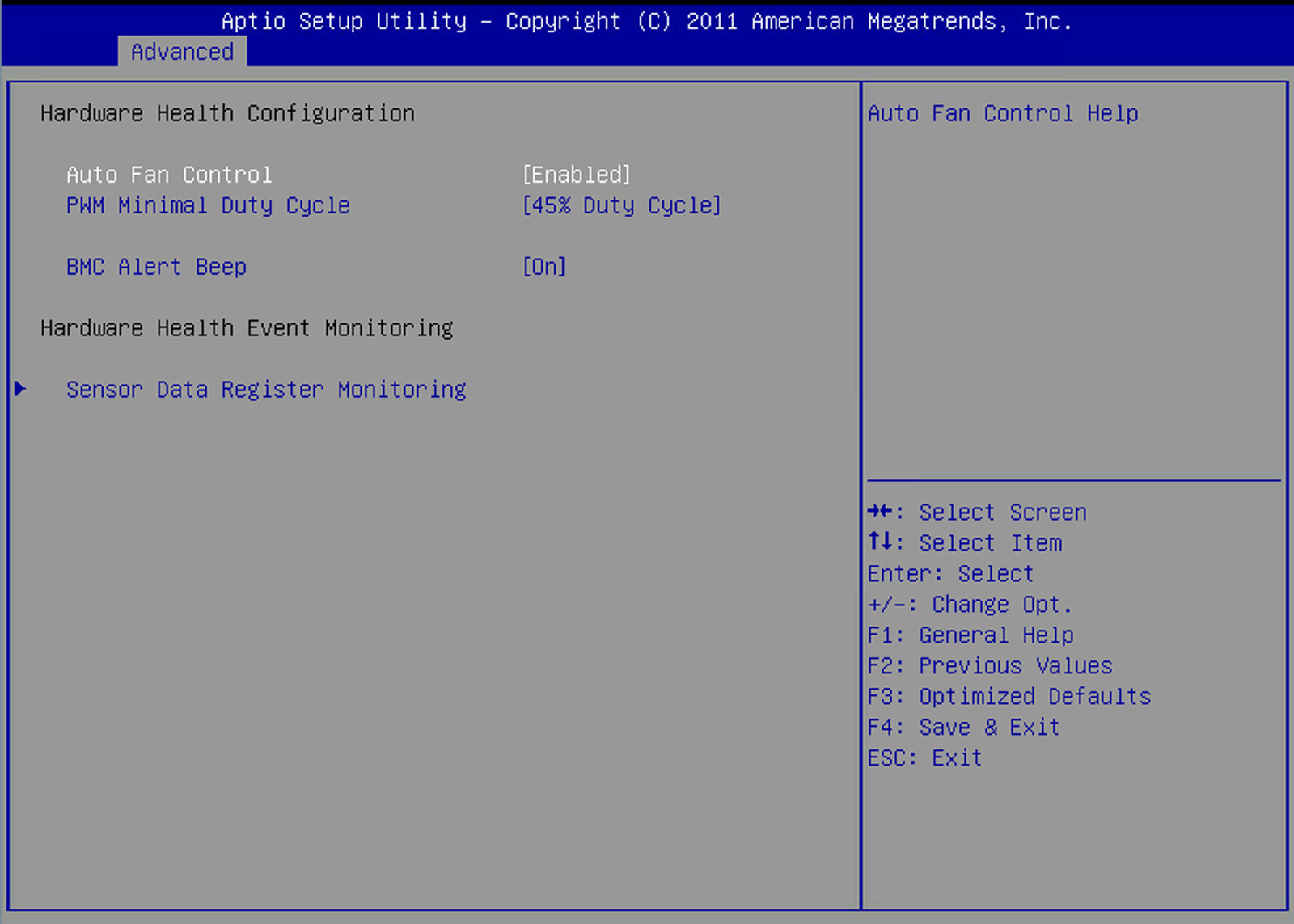Three Xeon E5 Server Systems From Intel, Tyan, And Supermicro
After taking a first look at Intel's Xeon E5 processors, we wanted to round up a handful of dual-socket barebones platforms to see which vendor sells the best match for Sandy Bridge-EP-based chips. Intel, Supermicro, and Tyan are here to represent.
Tyan GN70-K7053: Management Features And Serviceability
Like Supermicro, Tyan utilizes AMI's MegaRAC management processor to provide IPMI 2.0 and KVM-over-IP functionality. Tyan uses a less customized version of the MegaRAC than Intel and Supermicro, so you clearly see the MegaRAC branding. Nevertheless, much of this is going to look a lot like what we already saw from Supermicro's MegaRAC implementation (along with Intel's, as we'll soon see).
Here, Tyan provides standard remote mounting features. The company unfortunately does not offer the ability to mount a remote network share.
Tyan also exposes the standard power controls found in the MegaRAC management solution. Like Supermicro, Tyan provides a lot of settings related to user authentication and e-mail alert notifications. These settings get used to a varying degree, depending on the environment.
Another key piece of the solution is monitoring server health, including voltages, fan speeds, system events, and alerts.
Using the KVM-over-IP features, you can do a few things that SSH, VNC, and RDC cannot do, such as remote troubleshooting from POST. An administrator can use the Java-based application to see exactly what is being shown on the VGA port, and then use his keyboard and mouse as if it were plugged into the server's own USB ports (with a few exceptions). For commands like Ctrl-Alt-Del that normally trigger a local system event, MegaRAC uses macros to get those commands out remotely
Tyan offers similar BIOS ECC memory mode settings as Supermicro and Intel. The options are certainly more advanced than what you'd find on a Xeon E3-series board, since you can use registered DIMMs on the E5-based platform.
Tyan does not use the more expensive C606 chipset implementation with eight ports of SAS connectivity, which is understandable since the S7503 includes an LSI SAS controller.
Get Tom's Hardware's best news and in-depth reviews, straight to your inbox.
Power management features are enabled though Tyan's BIOS, a fairly standard practice on server motherboards.
Before we move on to Intel's submission, we see that Tyan offers BIOS-based fan control. Server boards tend to use four-pin PWM-controlled fans, which are able to ramp fan speed up and down to maintain cooling without wasting power.
Current page: Tyan GN70-K7053: Management Features And Serviceability
Prev Page Tyan GN70-K7053: Layout And Overview, Continued Next Page Intel R2208GZ4GC: Layout And Overview-
EzioAs Reply9532821 said:the charts are looking strange. they need to be reduced in size a bit....
I agree. Just reduce it a little bit but don't make it too hard to see -
willard TheBigTrollno comparison needed. intel usually winsUsually? The E5s absolutely crush AMD's best offerings. AMD's top of the line server chips are about equal in performance to Intel's last generation of chips, which are now more than two years old. It's even more lopsided than Sandy Bridge vs. Bulldozer.Reply -
Malovane dogman_1234Cool. Now, can we compare these to Opteron systems?Reply
As an AMD fan, I wish we could. But while Magny-Cours was competitive with the last gen Xeons, AMD doesn't really have anything that stacks up against the E5. In pretty much every workload, E5 dominates the 62xx or the 61xx series by 30-50%. The E5 is even price competitive at this point.
We'll just have to see how Piledriver does.
-
jaquith Hmm...in comparison my vote is the Dell PowerEdge R720 http://www.dell.com/us/business/p/poweredge-r720/pd?oc=bectj3&model_id=poweredge-r720 it's better across the board i.e. no comparison. None of this 'testing' is applicable to these servers.Reply -
lilcinw Finally we have some F@H benches!! Thank you!Reply
Having said that I would suggest you include expected PPD for the given TPF since that is what folders look at when deciding on hardware. Or you could just devote 48 hours from each machine to generate actual results for F@H and donate those points to your F@H team (yes Tom's has a team and visibility is our biggest problem). -
dogman_1234 lilcinwFinally we have some F@H benches!! Thank you!Having said that I would suggest you include expected PPD for the given TPF since that is what folders look at when deciding on hardware. Or you could just devote 48 hours from each machine to generate actual results for F@H and donate those points to your F@H team (yes Tom's has a team and visibility is our biggest problem).The issue is that other tech sites promote their teams. We do not have a promotive site. Even while mentioning F@H, some people do not agree with it or will never want to participate. It is a mentality. However, it is a choice!Reply
